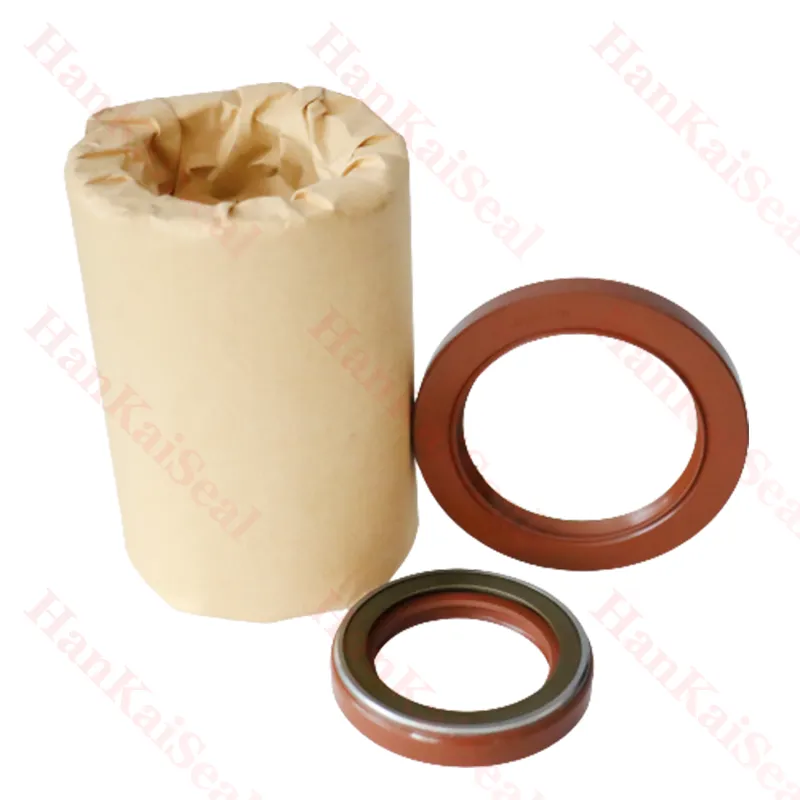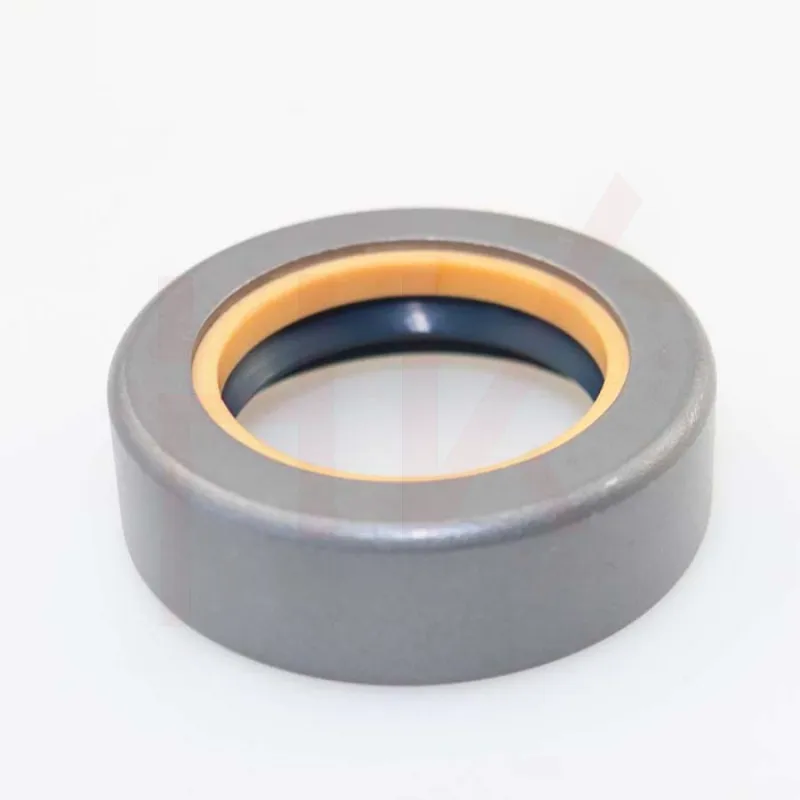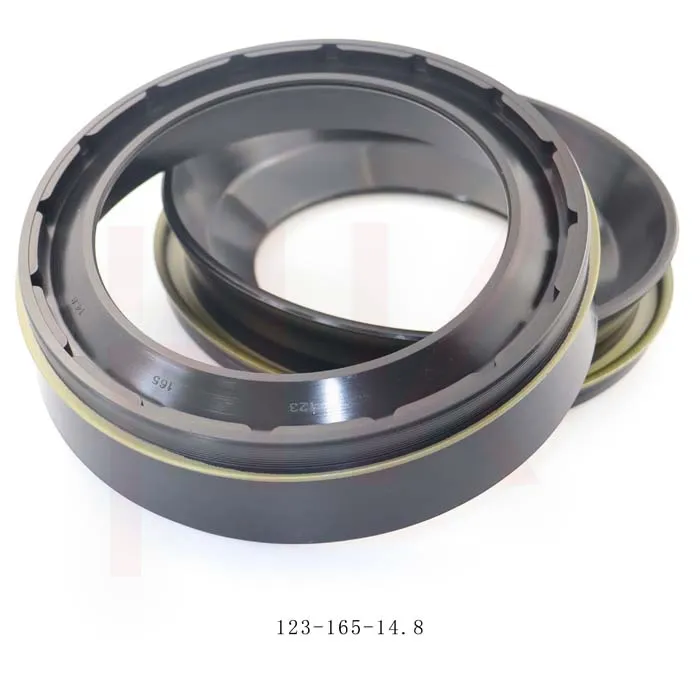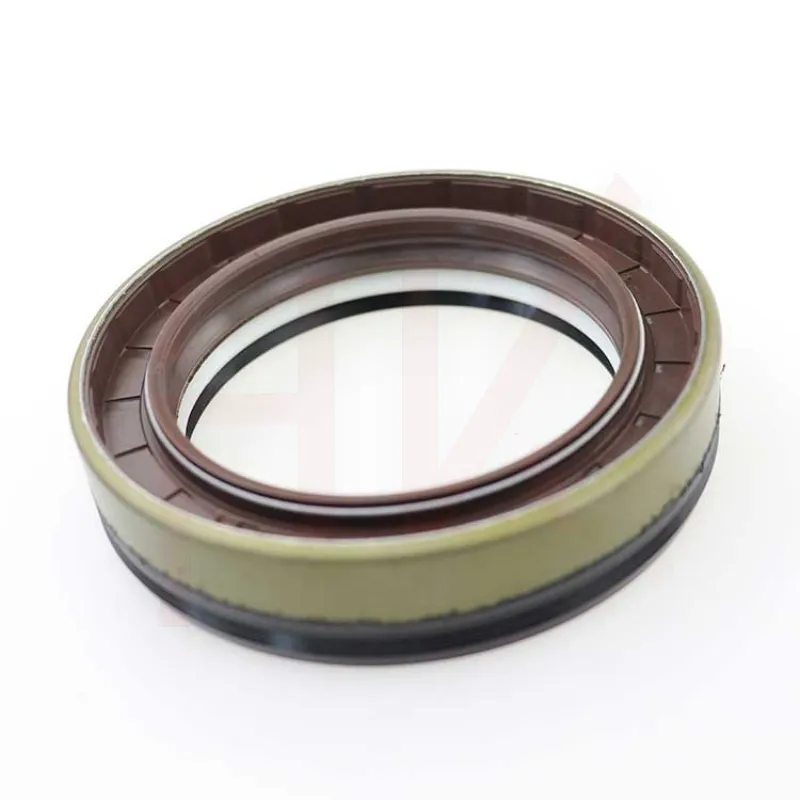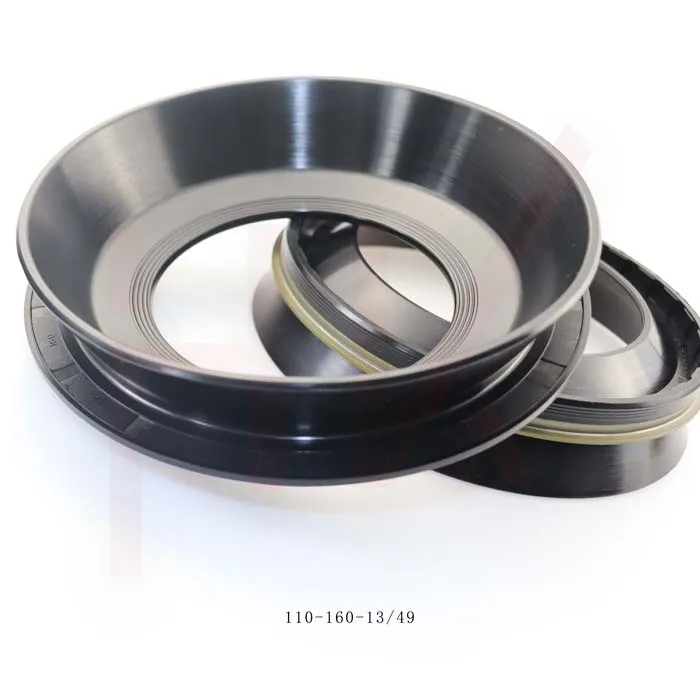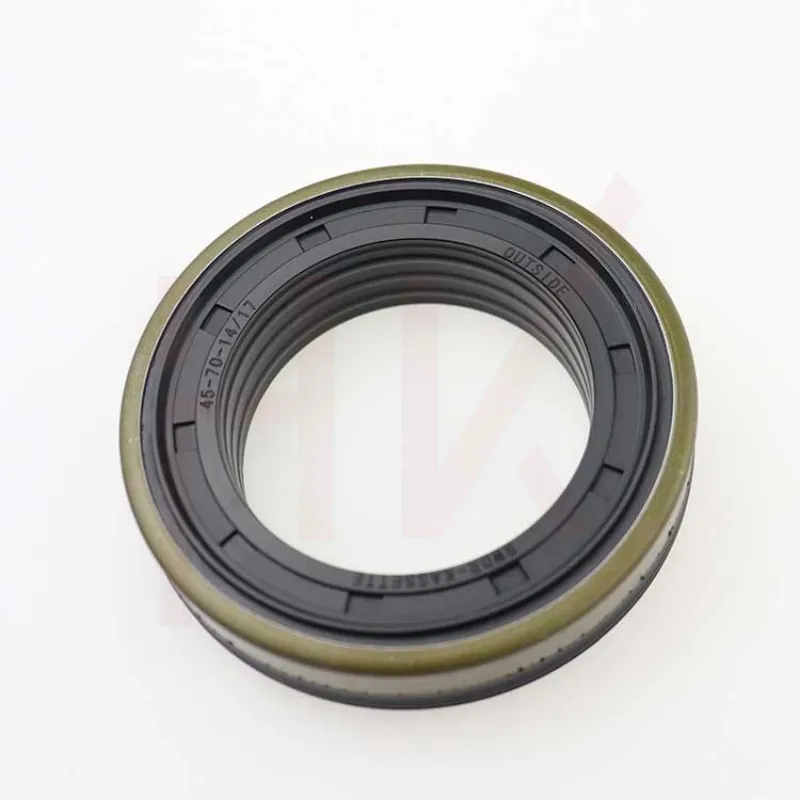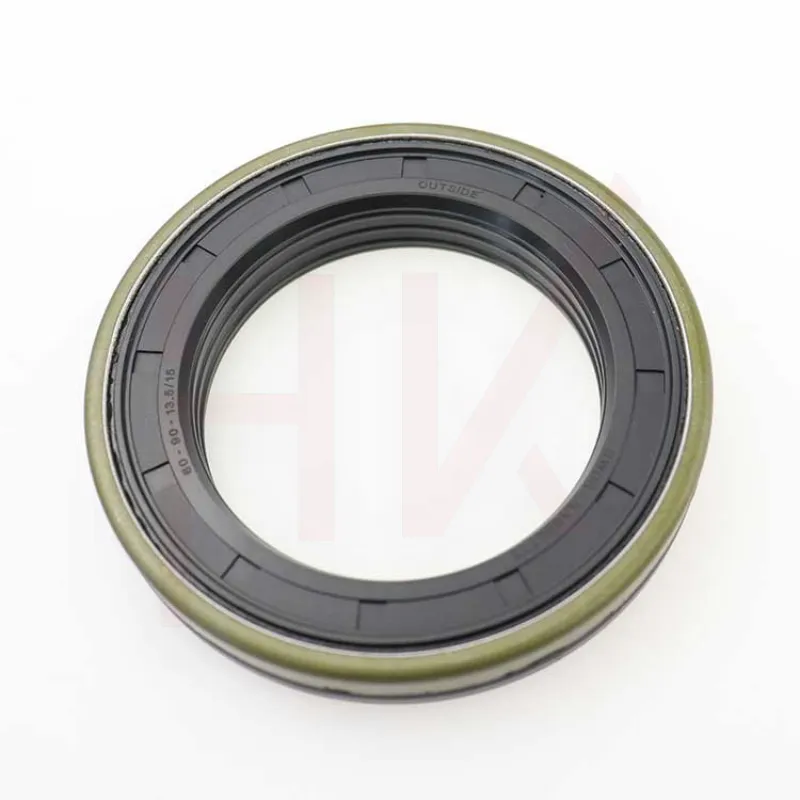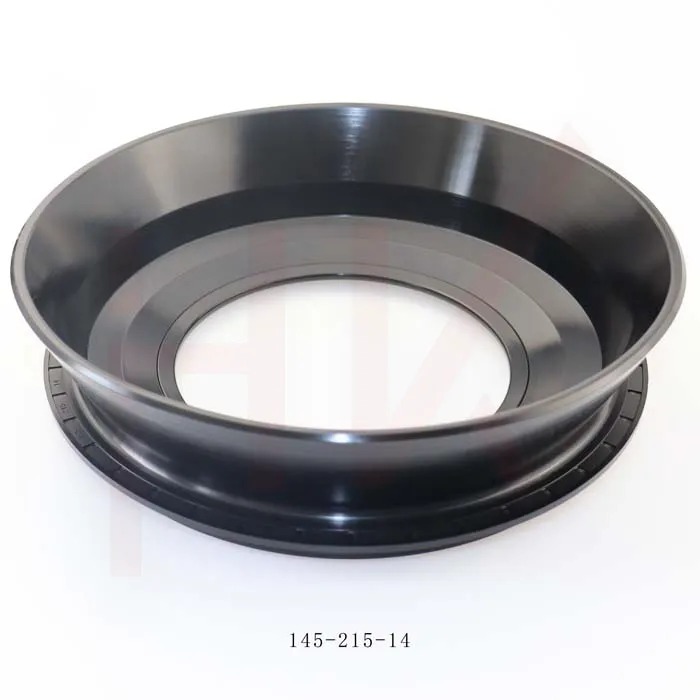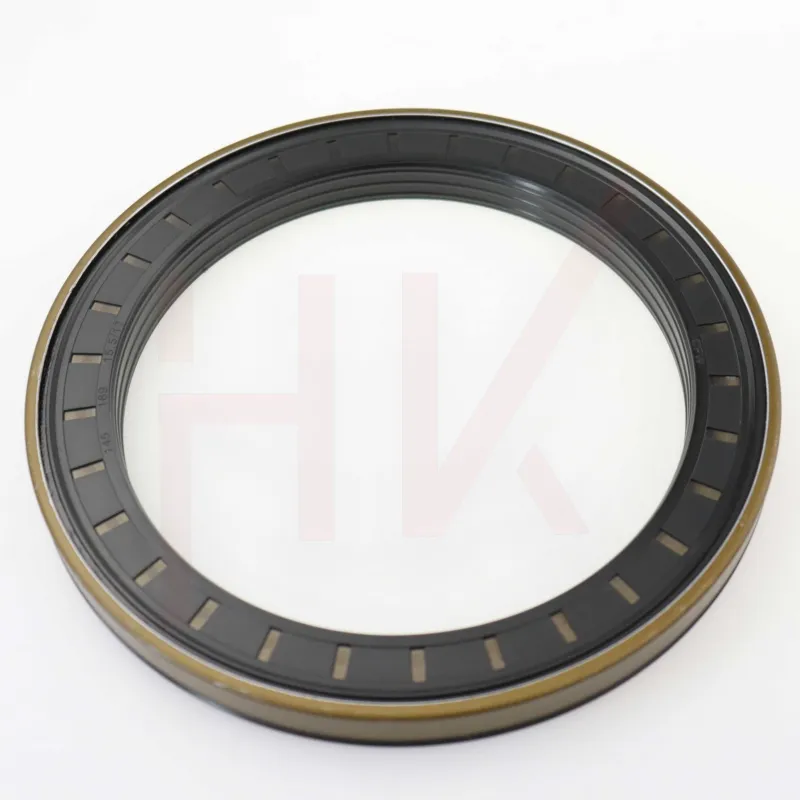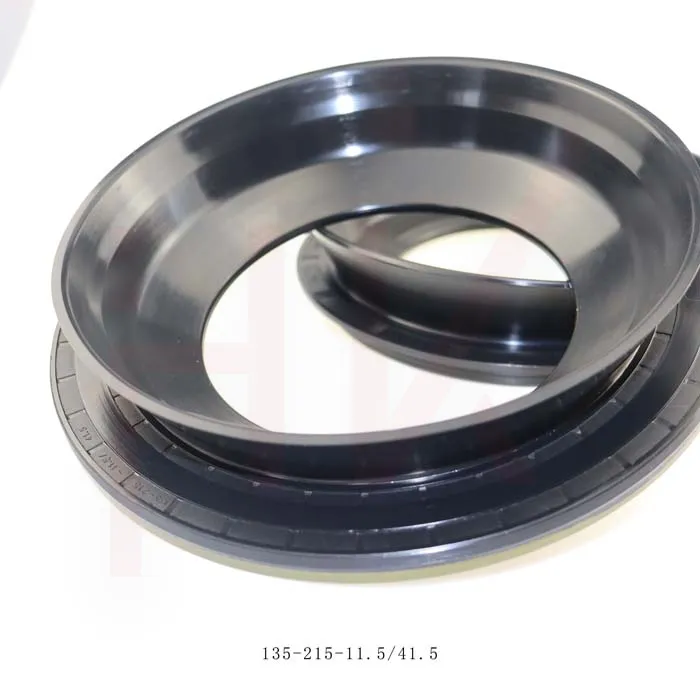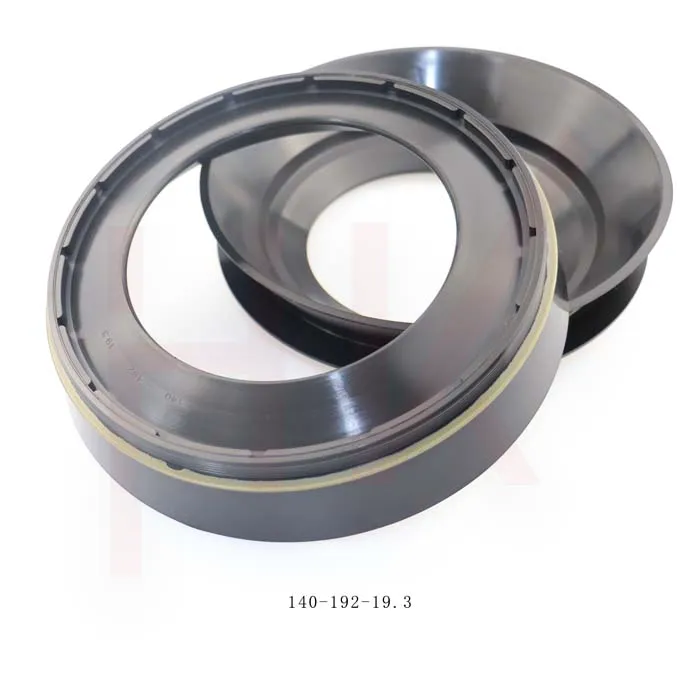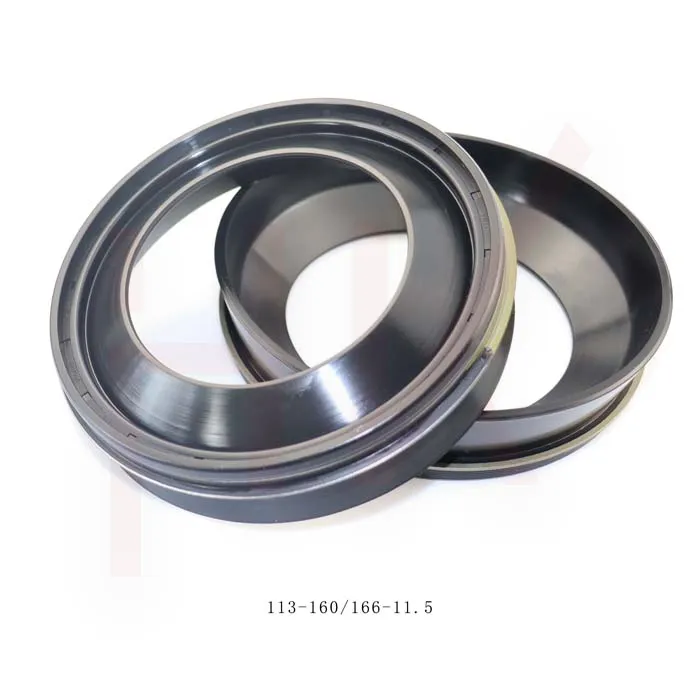- Afrikaans
- Albanian
- Amharic
- Arabic
- Armenian
- Azerbaijani
- Basque
- Belarusian
- Bengali
- Bosnian
- Bulgarian
- Catalan
- Cebuano
- Corsican
- Croatian
- Czech
- Danish
- Dutch
- English
- Esperanto
- Estonian
- Finnish
- French
- Frisian
- Galician
- Georgian
- German
- Greek
- Gujarati
- Haitian Creole
- hausa
- hawaiian
- Hebrew
- Hindi
- Miao
- Hungarian
- Icelandic
- igbo
- Indonesian
- irish
- Italian
- Japanese
- Javanese
- Kannada
- kazakh
- Khmer
- Rwandese
- Korean
- Kurdish
- Kyrgyz
- Lao
- Latin
- Latvian
- Lithuanian
- Luxembourgish
- Macedonian
- Malgashi
- Malay
- Malayalam
- Maltese
- Maori
- Marathi
- Mongolian
- Myanmar
- Nepali
- Norwegian
- Norwegian
- Occitan
- Pashto
- Persian
- Polish
- Portuguese
- Punjabi
- Romanian
- Russian
- Samoan
- Scottish Gaelic
- Serbian
- Sesotho
- Shona
- Sindhi
- Sinhala
- Slovak
- Slovenian
- Somali
- Spanish
- Sundanese
- Swahili
- Swedish
- Tagalog
- Tajik
- Tamil
- Tatar
- Telugu
- Thai
- Turkish
- Turkmen
- Ukrainian
- Urdu
- Uighur
- Uzbek
- Vietnamese
- Welsh
- Bantu
- Yiddish
- Yoruba
- Zulu
Nov . 17, 2025 15:22 Back to list
Reliable Oil Seal Wheel Hub Solutions for Industrial & Automotive Use
Understanding the Oil Seal Wheel Hub: Why It’s a Unsung Hero in Industrial Machinery
At first glance, the term oil seal wheel hub might sound like some obscure mechanical jargon. But, in truth, it's one of those behind-the-scenes champions that keep industries moving smoothly—from automotive manufacturers in Asia to heavy machinery operators in Europe. Globally, machinery downtime costs billions, yet components like the oil seal wheel hub quietly work to prevent leaks, contamination, and wear, protecting machines and ultimately saving money and resources. Knowing what this device is—and why it matters—lets professionals and even curious readers appreciate the unsung mechanics behind reliable operations.
The Global Landscape: Why Oil Seal Wheel Hubs Matter
If you consider that according to the International Organization for Standardization (ISO), machinery failures linked to seal malfunctions are among the leading causes of costly repairs and environmental hazards, the importance of the oil seal wheel hub comes into sharper focus. With industries from automotive to aerospace striving for better efficiency and sustainability, the ability of these seals to prevent oil leaks helps meet environmental standards and reduce waste. The World Bank notes that industrial efficiency improvements are crucial in emerging markets, where equipment longevity directly ties to productivity and economic growth.
Yet, one challenge remains: aging equipment and harsh operational environments cause frequent seal failures, meaning manufacturers must innovate or face downtime that ripples through supply chains worldwide.
What Is an Oil Seal Wheel Hub Anyway?
Simply put, an oil seal wheel hub is a mechanical component designed to retain lubricant inside a wheel hub assembly while keeping dirt, dust, and moisture out. Picture it as a tiny gatekeeper, ensuring the wheel’s moving parts stay slick and free from contamination. It’s an indispensable part of modern vehicles, industrial machines, and even humanitarian relief vehicles—all of which rely on smooth, reliable rotation without leaks that could lead to failures.
In contemporary industry, these seals contribute heavily to machinery longevity. Oddly enough, they also have a humanitarian ripple effect, because well-maintained vehicles are essential for delivering aid in disaster zones and remote regions.
Key Factors That Define an Effective Oil Seal Wheel Hub
1. Durability Against Harsh Conditions
Many engineers emphasize that seals must withstand extreme temperatures, vibrations, and chemical exposure. For instance, the rubber and metal materials often used in oil seal wheel hubs are specially chosen to resist degradation—because in real terms, no one wants a seal that fails mid-transit.
2. Precision Fit and Scalability
The hub and seal assembly requires precise tolerances. Even minute flaws can cause oil leaks or premature wear. Plus, manufacturers prefer designs that can adapt to different wheel sizes or vehicle models—so scalability is a practical advantage.
3. Cost Efficiency Without Compromise
Of course, cost factors heavily into procurement decisions. A well-designed seal balances affordable raw materials with longer service intervals, translating to “less maintenance time” and “more miles per dollar.”
4. Resistance to Environmental Contaminants
Seals must keep out contaminants like water, dust, and road salt. This is especially true in regions with challenging climates—think Arctic winters or dusty deserts where machines operate daily.
5. Ease of Installation and Replacement
Fast and reliable installation is more than just a workshop convenience. For fleet operators, minimizing downtime means fewer operational disruptions and better bottom lines.
Mini Takeaway:
An oil seal wheel hub isn’t just a tiny rubber piece—think of it as a customizable, resilient guardian designed for harsh industrial landscapes that directly influences operational efficiency and safety.
How Oil Seal Wheel Hubs Keep the World Moving: Real-World Applications
This component is vital across various sectors. In automotive manufacturing hubs of Germany and Japan, oil seals ensure passenger vehicles operate efficiently for years. In heavy industries like mining and construction, equipment must endure punishing conditions; here, robust wheel hub seals are essential for safe, uninterrupted operations.
Humanitarian organizations also rely on vehicles equipped with high-quality oil seal wheel hubs to navigate tough terrains during disaster relief missions in Africa and Southeast Asia. In these contexts, reliable seals mean fewer breakdowns and faster delivery of aid.
Product Specification Table
| Specification | Details |
|---|---|
| Material | Nitrile Rubber with Stainless Steel Reinforcement |
| Temperature Range | -40°C to +120°C |
| Diameter Sizes | 30 mm to 150 mm (custom sizes available) |
| Installation Type | Press-fit / Snap-fit |
| Sealing Lip | Single/Double Lip with Dust Exclusion |
| Lifespan | Up to 100,000 km (automotive usage) |
The Advantages of Investing in Quality Oil Seal Wheel Hubs
Investing in high-quality oil seal wheel hubs means saving money in the long haul. Reduced oil leaks directly translate to fewer repairs, less environmental contamination, and longer equipment life. On a human level, it means safer roads—drivers aren't at risk from sudden wheel failures—and cleaner workplaces, since oil spills can pollute and cause accidents.
Moreover, organizations committed to sustainability benefit from seals that reduce lubricant waste and improve machine energy efficiency. Innovators in the field develop seals from biodegradable materials, aligning with eco-conscious business goals.
What’s Next? Future Trends in Oil Seal Wheel Hub Technology
There’s a quiet revolution happening here. We’re seeing advances in synthetic materials that push durability even further—like fluoroelastomers offering higher chemical resistance. Smart seals equipped with sensors are also on the horizon, capable of alerting operators to seal integrity issues before failure occurs.
Digital transformation means predictive maintenance can leverage seal condition data, reducing unexpected downtime. Plus, with rising green energy initiatives, seals designed for electric vehicles and renewable energy equipment are in growing demand.
Challenges & Innovations in Oil Seal Wheel Hub Design
Despite the advances, challenges remain. Designing seals that strike the perfect balance between tightness and low friction is tricky. A tighter seal might increase wear or overheating, paradoxically risking early failure. Also, extreme environments still push the boundaries of material science.
Industry experts recommend ongoing R&D testing under simulated conditions to tweak compounds and profiles. Some manufacturers adopt modular designs, enabling easier replacement of sealing components. Others explore coatings that repel debris, adding another layer of defense.
Comparing Leading Vendors of Oil Seal Wheel Hubs
| Vendor | Key Strength | Material Options | Global Reach | Price Range |
|---|---|---|---|---|
| SealTech Co. | Custom-fit solutions | Nitrile, Viton, PTFE | North America, Asia | $$ |
| HubSeal International | High-temp resistance | Fluoroelastomer, Silicone | Global (60+ countries) | $$$ |
| EcoSeal Solutions | Eco-friendly materials | Biodegradable polymers | Europe, Asia | $$$ |
FAQ: Quick Answers to Common Oil Seal Wheel Hub Questions
- What makes an oil seal wheel hub effective in extreme weather?
- It’s mainly the quality of materials and design precision. High-grade nitrile or fluorinated elastomers provide elasticity and chemical resistance, while a well-engineered sealing lip keeps contaminants out even when temperatures swing drastically.
- How often should an oil seal wheel hub be inspected or replaced?
- For automotive use, a typical interval is every 60,000 to 100,000 kilometers or during major servicing. However, in industrial or harsh environments, more frequent inspection may be necessary to catch wear early.
- Can oil seal wheel hubs be customized for unusual machinery?
- Absolutely. Many manufacturers offer custom dimensions and materials to fit specialized equipment or unique operational demands, ensuring a tighter seal and longer service life.
- Is upgrading to environmentally-friendly seal materials worth it?
- In the long run, yes. Eco-friendly seals reduce environmental impact and often align with regulatory compliance, plus they can improve brand image for companies focusing on sustainability.
Conclusion: Why Embracing Quality Oil Seal Wheel Hubs Pays Off
Summing it up, the modest oil seal wheel hub plays a crucial role in industrial and automotive efficiency worldwide. Choosing the right seal isn’t just about ticking a maintenance box—it’s a strategic decision that boosts machine longevity, reduces costs, and even supports environmental goals. For those looking to explore top-tier options and detailed expertise, be sure to check out trusted products at oil seal wheel hub specialists.
References
-
Durable Front Hub Oil Solutions for Industry – HKAiSeal
NewsNov.17,2025
-
Wholesale Hydraulic Pump Motor Seal Kit A4VSO250 | In Stock
NewsNov.17,2025
-
Pump Seal Kits: Essential Components for Industrial Reliability
NewsNov.17,2025
-
TCV Oil Seal - Double-Lip, Spring-Loaded, High Temp & Wear
NewsNov.17,2025
-
Hydraulic Seal Kits: Reliable Solutions for Industrial Equipment
NewsNov.17,2025
-
Combined oil seal 659214 12001903B, fits 119990, NBR OEM
NewsNov.17,2025
-
Expert Tips on Hydraulic Seal Replacement for Industrial Equipment
NewsNov.17,2025
Products categories

